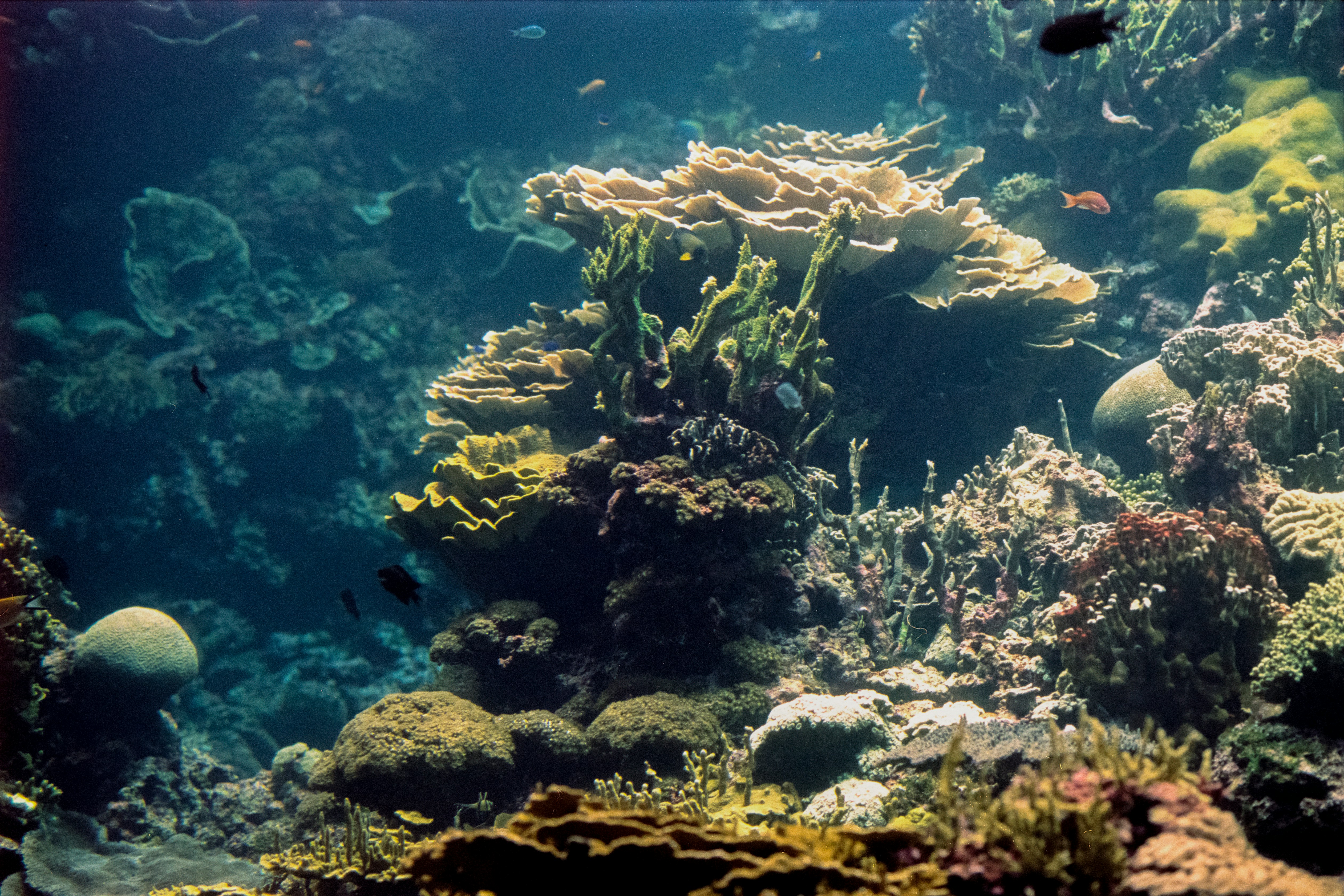Media release
From:
Ecology: How some stony corals could survive climate change
Some ancient stony corals were able to survive extreme environmental changes, which suggests that some modern species could possess some resilience to the effects of climate change, according to research in Nature.
Stony corals are crucial to the framework of many marine ecosystems but have come under threat in recent years from changes to their environments due to global climate change. Understanding the history of these species and how they withstood previous long-term shifts in temperature could help efforts to protect these vital systems from further damage. However, their phylogenetic history (the evolutionary family tree) has yet to be comprehensively mapped.
Claudia Vaga and colleagues partly sequenced the genomes of 274 stony corals (representing nearly 16% of currently living species) to reconstruct the evolutionary tree of the order. They date the most recent common ancestor of the corals to approximately 460 million years ago, which was probably a heterotrophic organism (unable to independently produce its own food) and able to live in both shallow and deep waters. The mapping suggests that some of the later coral species developed a symbiotic (mutually beneficial) relationship with photosynthetic algae, prompting further diversification of the order approximately 300 million years ago. However, fossil records show that many of these symbiotic species became extinct during a major ocean anoxic (oxygen-depleting) event which occurred 180 million years ago and did not diversify further until after another two major anoxic events between 120 and 90 million years ago, showing vulnerability to the changing conditions. By contrast, some non-symbiotic stony coral species persisted in deep waters throughout these time periods, with some even diversifying further. The authors suggest that this could be due to their freedom to move to different depths and flexible substrate choice for energy conversion.
The finding that some non-symbiotic stony coral species survived, and even thrived during, past adverse events indicates that these species may persist in the face of climate and other environmental changes, the authors conclude.



 International
International


